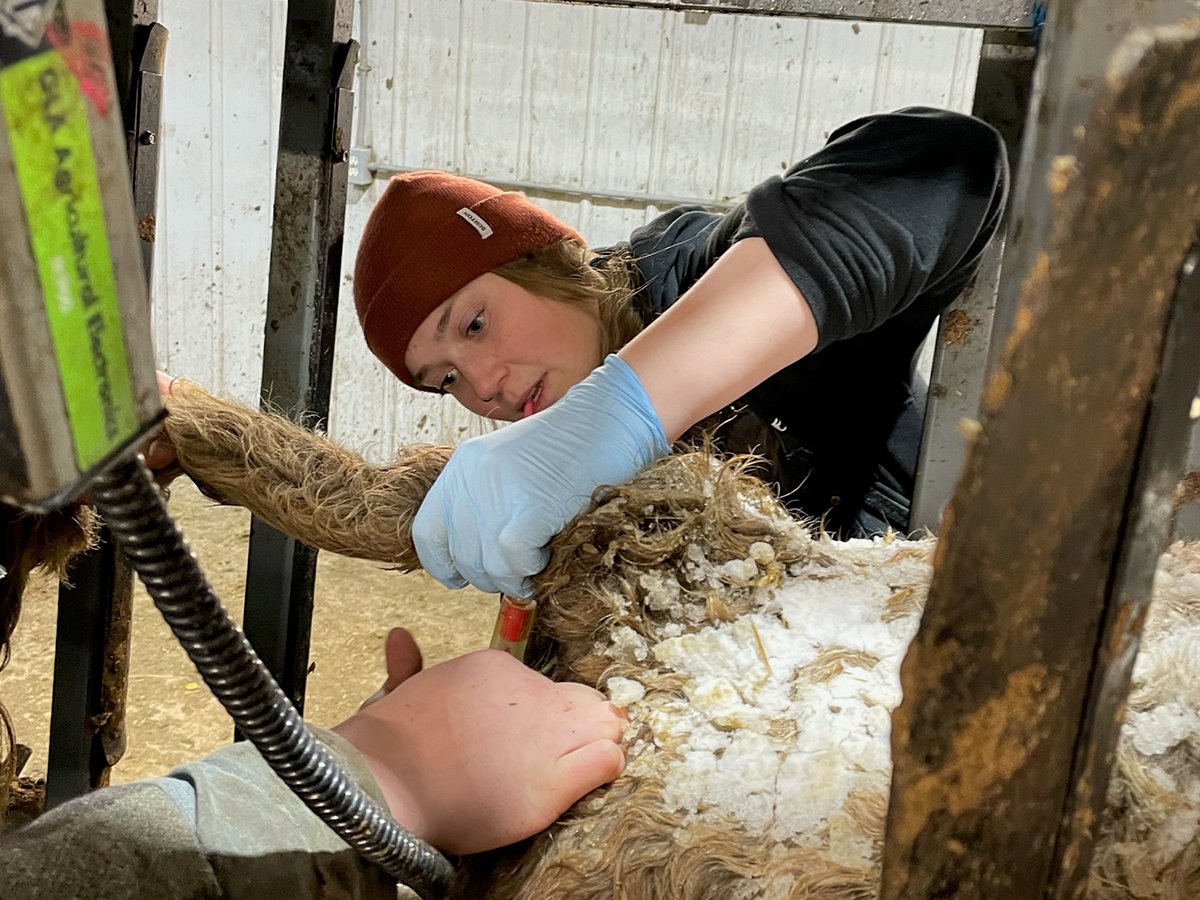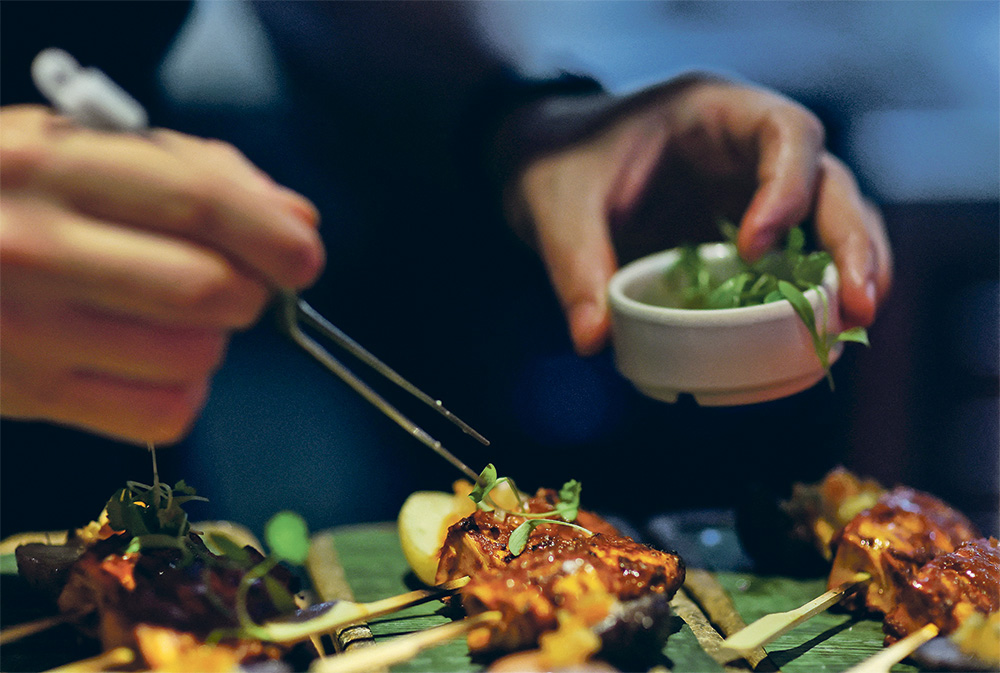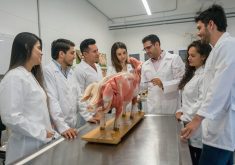WASHINGTON, D.C. (Reuters) — Cell-cultivated meat companies in the United States could receive new investment since U.S. regulators cleared the product for sale earlier this summer, but the sector must scale up and lower costs to challenge conventional meat, said investors and major food companies.
Several startups have developed the technology to grow meat from harvested animal cells, hoping to court meat-eaters seeking a more environmentally friendly option and vegans or vegetarians who avoid meat for moral reasons.
The U.S. Department of Agriculture on June 21 approved both Upside Foods and Good Meat to sell their cultivated chicken, following clearance from the Food and Drug Administration.
Read Also

Pen riders better than tech at detecting respiratory disease in feedlot cattle, says researcher
Katrina Garneau’s recent research found that pen riders are better than technology at flagging signs of BRD in feedlot cattle.
The milestone could attract previously wary investors, said Matthew Walker, managing director of food and agriculture at S2G Ventures, which is invested in cultivated meat companies Believer Meats and OMeat.
“It’s a big deal,” he said. “It removes a risk.”
But the companies must now lower costs, said Leticia Goncalves, president of global foods at Archer-Daniels-Midland, an investor in Good and Believer.
“Technology success and regulatory approval was the first hurdle,” she said. “Second is scalability at the right cost.”
Difficulty competing with conventional meat on price has plagued plant-based meat substitutes, which have failed to meet market share expectations.
To be price competitive, cultivated meat must reach a production cost of $2.92 per pound, Goncalves said.
Upside, Believer and Good declined to share a per pound production cost for their products.
Good spokesperson Andrew Noyes said the company is selling its chicken to its first restaurant client, Jose Andres’s China Chilcano in Washington, D.C., for “about the same price as premium conventional chicken.”
Believer chief executive officer Gustavo Burger said the company hopes to reach price parity with organic chicken by the end of 2024. Believer has begun the first step of its FDA approval process, he said.
The sector needs substantial public and private funding to take a bite out of the US$227.9 billion U.S. meat industry, experts said. The money is needed for production facilities, massive bioreactors where the meat is grown and the nutrient mix fed to meat cells.
The Good Food Institute, a think-tank for plant-based and cultivated meat, said if governments worldwide invested $10.1 billion annually, the sector could reach $1.1 trillion and support nearly 10 million jobs.
Last year, governments spent about $635 million on alternative proteins, about $167 million of which was for cultivated meat, according to the group.
Kellogg CEO Steve Cahillane said at the Wall Street Journal’s Global Food Forum in Chicago that he did not rule out a possible investment in cultivated meat but said the sector faces uncertainty.
“Can it be scaled up in a really meaningful way? That needs to get solved,” he said.
At China Chilcano, Good’s cultivated chicken will be served beginning July 31.
The restaurant will offer eight servings of the meat per week as part of a $70 tasting menu, and customers will reserve their plate in advance, said general manager Alan Grublauskas at a July 13 press dinner.
At the dinner, the chicken was served on a skewer and flavoured with chimichurri sauce. Its taste was unmistakable: like chicken. The texture, though, was slightly too soft; the company is working on an updated version to address that, said Noyes.
China Chilcano’s chefs said the product behaved similarly to conventional chicken and offered some improvements, like rapid absorption of marinades.
In San Francisco, Upside’s chicken will be served monthly and by reservation beginning Aug. 4 as part of a $150 tasting menu at Bar Crenn, a spokesperson said.















